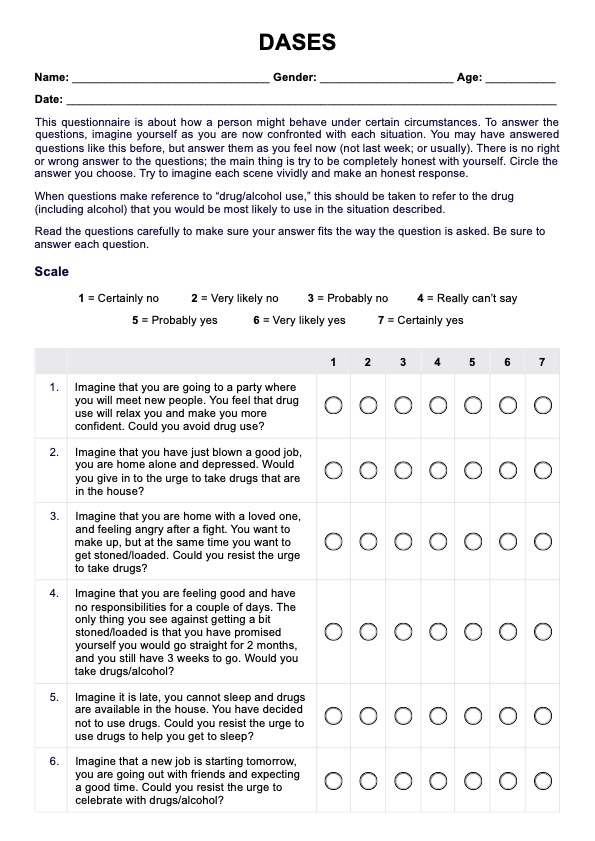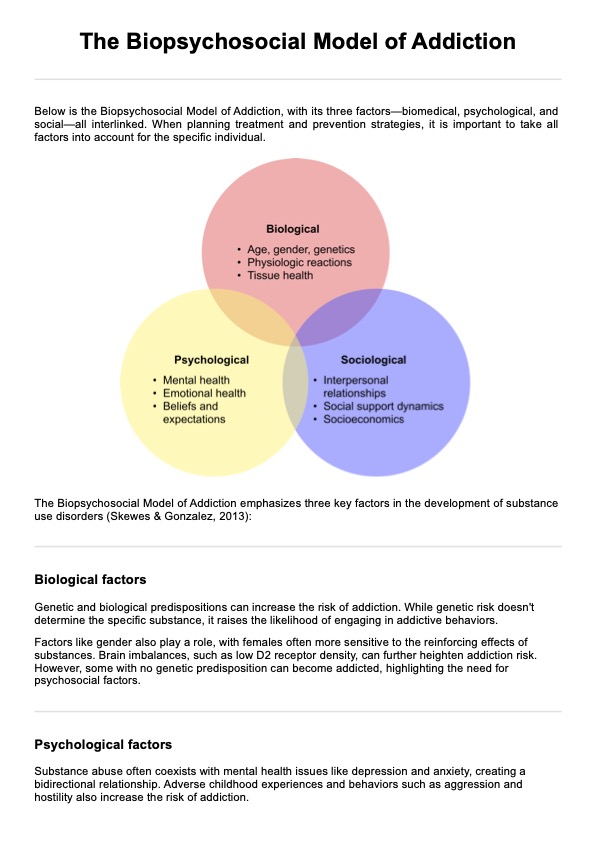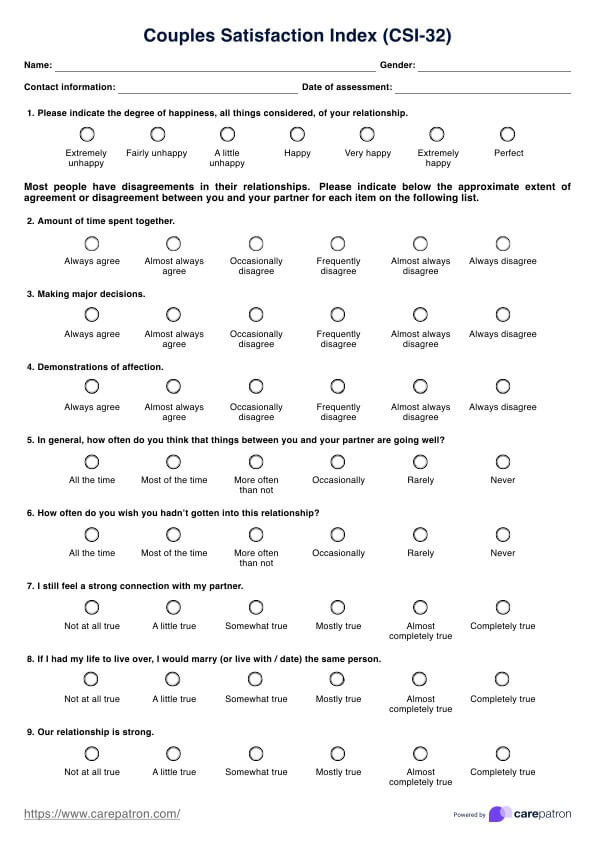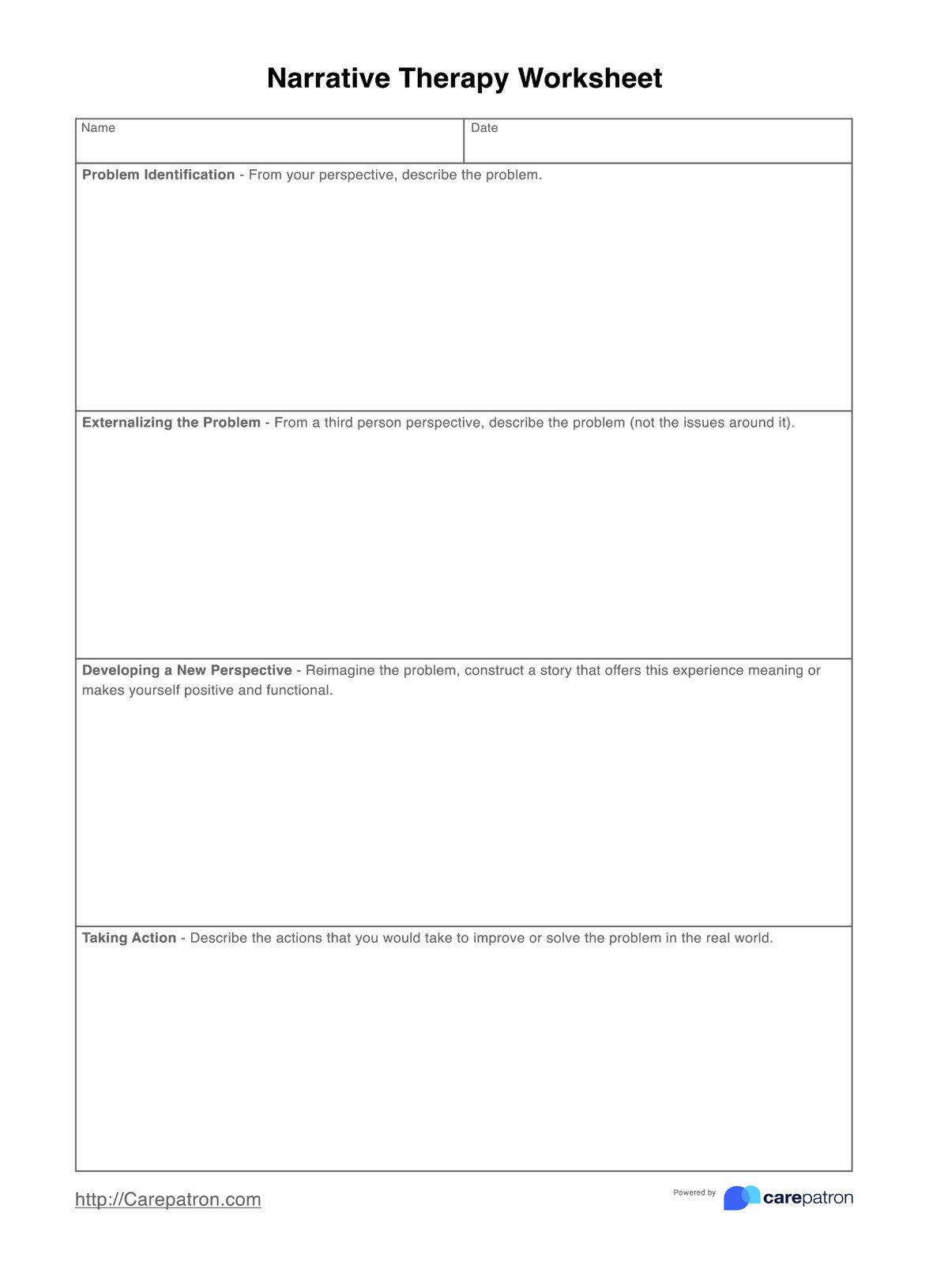Drug And Alcohol Evaluations
Gain insights into the crucial role of Drug and Alcohol Evaluations in identifying substance abuse problems. Access a free PDF download of a filled example for reference.


What is a Drug And Alcohol Evaluation?
A Drug and Alcohol Evaluation, often known as a substance abuse evaluation, is a specialized assessment designed to determine whether an individual is experiencing issues related to the consumption of substances, including alcohol and drugs. Performed by trained healthcare professionals, these evaluations are pivotal in identifying, diagnosing, and addressing problems stemming from substance abuse.
These comprehensive evaluations typically involve a thorough review of an individual's substance use history, personal and family medical history, social factors, and any potential legal issues related to substance use. Furthermore, they delve into substance use's psychological and physical impact, assessing its effects on mental health, overall well-being, relationships, work performance, and daily functioning.
The results of a play a critical role in shaping a person's treatment plan. The objective, detailed information gathered throughout this process helps healthcare providers make a formal diagnosis, if appropriate, and tailor a targeted intervention strategy.
This strategy could include counseling, residential treatment, medication, and supportive services designed to help individuals regain control and improve their quality of life.
Drug And Alcohol Evaluations Template
Drug And Alcohol Evaluations Example
How does it work?
Conducting a Drug and Alcohol Evaluation may initially appear complex due to its multifaceted nature. However, when dissected, it becomes a series of straightforward steps to gather comprehensive information about the individual's relationship with substances.
Step 1: Gathering Basic Information
This includes the individual's details, such as name, age, occupation, and the reason for referral.
Step 2: Background Information
Collect detailed historical data about the individual, including a family history of substance use, medical history, mental health history, etc.
Step 3: Substance Use History
Delve into the details of the person's history with drugs and alcohol, including the types of substances used, frequency, and patterns of use.
Step 4: Impact Analysis
Assess the consequences of substance use on the individual's physical and mental health, relationships, and work.
Step 5: Risk and Protective Factors
Identify the factors contributing to substance use and the elements that help resist or recover from substance abuse.
Step 6: Screening and Testing
Where applicable, this includes drug tests or alcohol breath tests.
Step 7: Diagnosis
Based on the gathered data, a diagnosis is made according to the DSM-5 or similar.
Step 8: Recommendations
Propose treatment interventions based on the gathered data.
When would you use this Template?
A Drug and Alcohol Evaluation template is an invaluable tool that can be employed in a myriad of situations where substance abuse might be a concern. While the immediate image might be of court-mandated evaluations following DUI offenses, these assessments serve broader purposes, proving essential in various healthcare, legal, and employment contexts.
Here's a closer look at the circumstances when such a template would come into play.
Healthcare
Physicians or mental health professionals may initiate an evaluation if a patient presents symptoms suggestive of substance misuse. For example, unexplained health problems, significant weight changes, or behavioral changes might prompt an evaluation.
Legal Scenarios
Courts often require these evaluations during cases involving driving under the influence (DUI) or other drug-related offenses. They help determine the extent of the individual's substance abuse and inform decisions about sentencing, probation, or treatment requirements.
Child Custody Cases
In family court, if one parent alleges that the other has a substance abuse problem, the judge may order a Drug and Alcohol Evaluation. The outcome can significantly influence decisions about child custody and visitation rights.
Workplace
An evaluation may be required if an employer suspects an employee is under the influence of substances during work hours or after incidents such as workplace accidents. The results can guide decisions on disciplinary action, the requirement for treatment, or, in some cases, termination of employment.
Schools and Universities
Educational institutions may require an evaluation if students are caught using substances on campus or if substance use impacts their academic performance.
Pre-employment Screening
Some organizations require potential employees to undergo a Drug and Alcohol Evaluation as part of the hiring process, especially for roles where safety is critical, such as transportation or construction jobs.
Self-Initiated
Individuals concerned about their substance use might voluntarily seek an evaluation to understand if they have a problem and get help if needed.
Understanding the context in which a Drug and Alcohol Evaluation is used can assist healthcare professionals in carrying out evaluations effectively and ethically while considering all relevant factors.
Benefits
Understanding the multifaceted benefits of Drug and Alcohol Evaluations can underline their critical role in both healthcare and legal contexts. They play a pivotal role in individual care and society as a whole.
1. Early Identification
One of the significant benefits of these evaluations is that they help identify potential substance abuse problems early on. Early detection can open the door for timely intervention, significantly improving the person's chances of recovery and reducing the risk of severe health consequences.
It can also minimize the negative impact of substance use on the person's life, such as job loss, relationship breakdown, and legal troubles.
2. Comprehensive Assessment
Drug and Alcohol Evaluations provide a detailed and holistic understanding of an individual's relationship with substances. They consider the person's background, the extent and pattern of substance use, its impact on different areas of life, and risk and protective factors.
This comprehensive picture allows healthcare professionals to make an accurate diagnosis and understand the individual's unique needs and challenges, which is crucial for effective treatment planning.
3. Intervention Planning
Healthcare professionals can devise a tailored intervention strategy based on the evaluation results that address the person's needs. This might involve medical treatment, counseling, support groups, lifestyle changes, or combining these and other approaches. The evaluation results can also help track the person's progress and adjust the treatment plan as needed.
4. Legal and Employment Assistance
In the legal system and some employment situations, Drug and Alcohol Evaluations can play an essential role. For instance, they may be required for DUI/DWI cases, child custody cases, or workplace incidents related to substance use. The evaluations provide objective, evidence-based information to inform decisions in these cases and help ensure a fair outcome.
5. Preventive Approach
Evaluating substance use and its associated risk factors can contribute to a preventive approach to substance use disorders. This helps the concerned individuals and has broader benefits for public health and society. By preventing or mitigating the effects of substance abuse, we can reduce the associated healthcare costs, improve productivity, and enhance community safety.
Drug and Alcohol Evaluations are a valuable tool with numerous benefits for individuals, families, workplaces, and communities. They are a key component of a comprehensive approach to addressing substance use and related issues.
Commonly asked questions
Healthcare professionals, legal authorities, and employers often use Drug and Alcohol Evaluations.
The evaluations are used when there's suspicion or evidence of substance abuse. They may be legally required or initiated by healthcare professionals or employers.
The evaluation assesses the extent and impact of an individual's substance use. The gathered information helps design an appropriate intervention strategy.


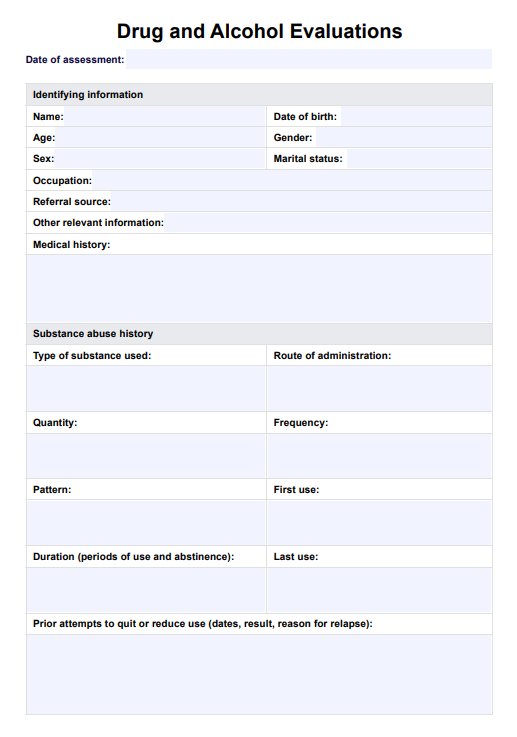
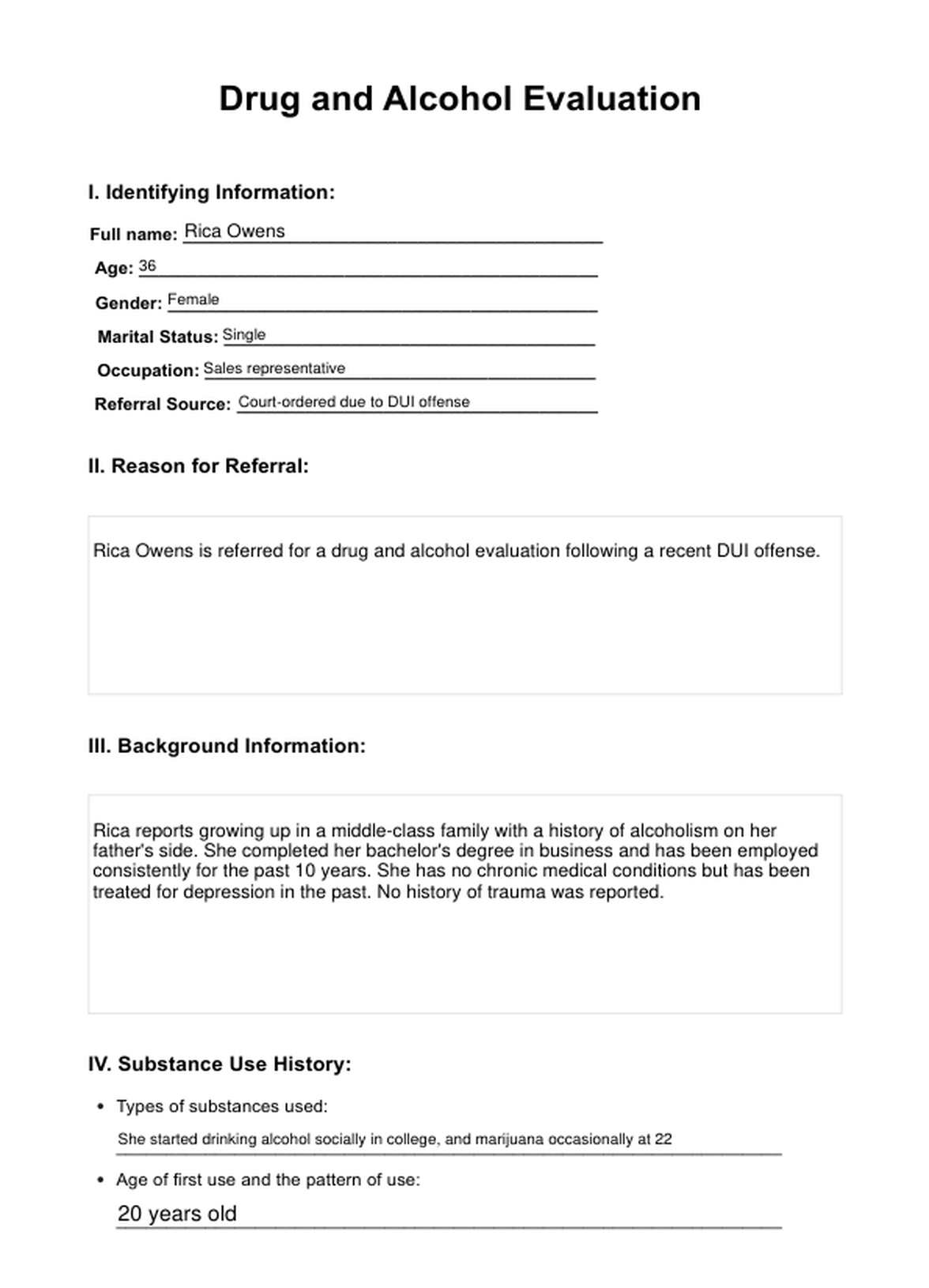

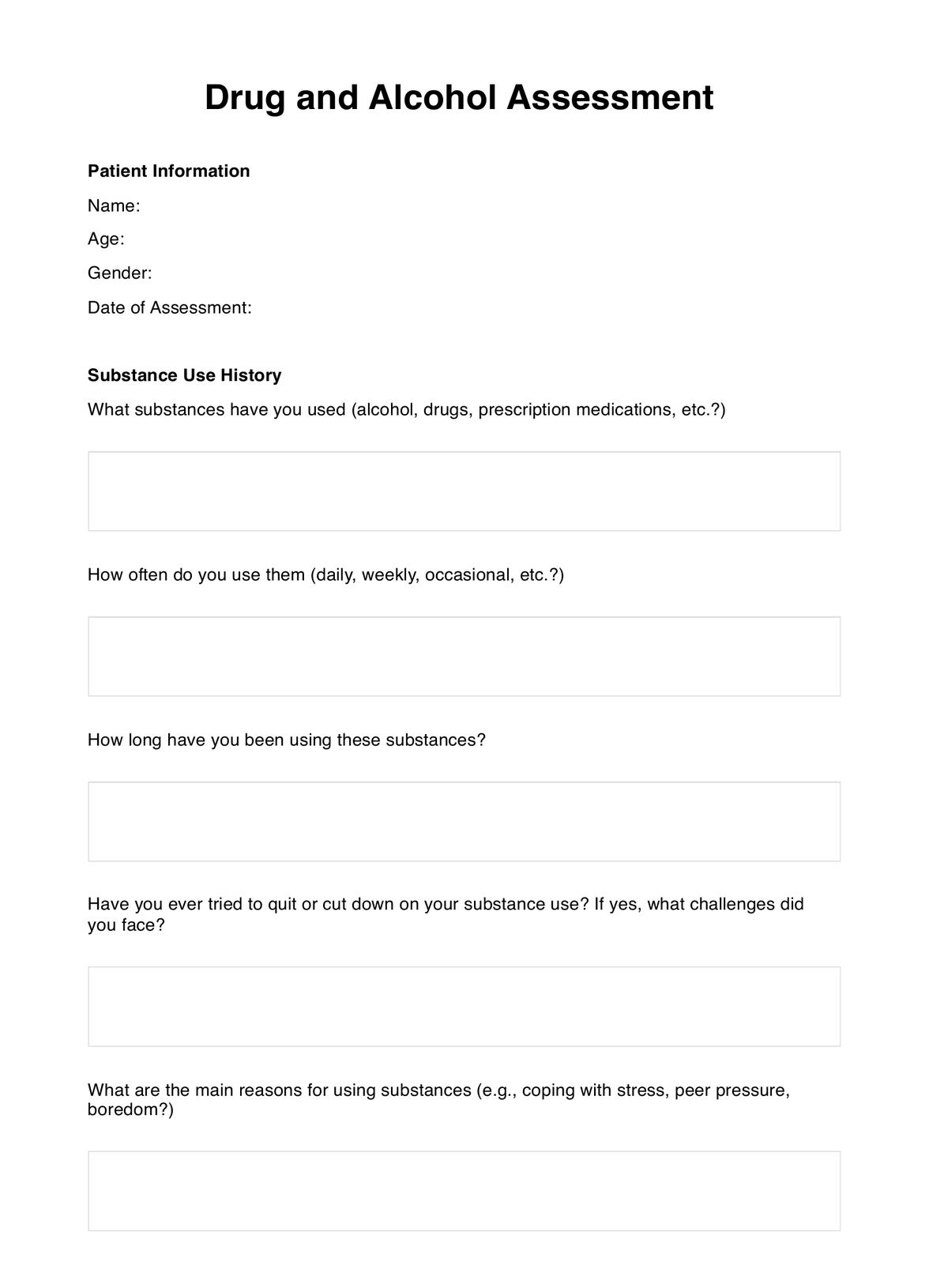

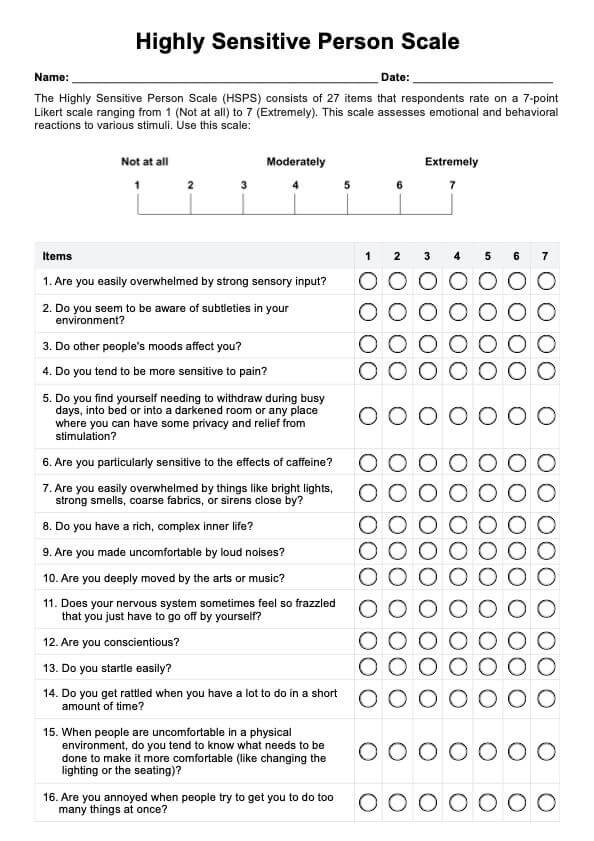










-template.jpg)


